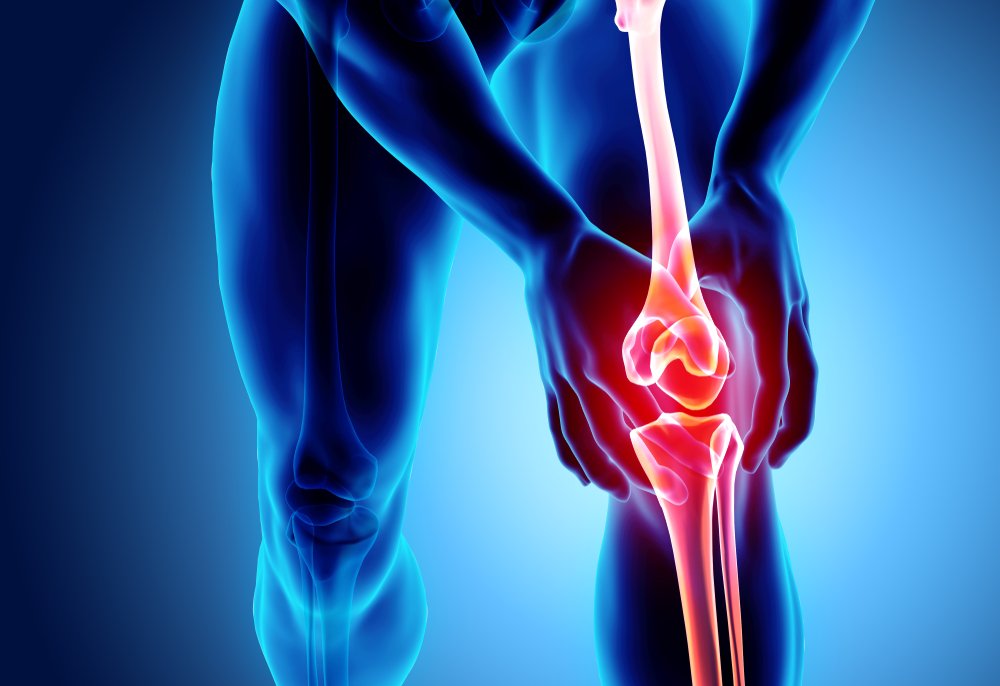Worthwhile Bariatric Surgery in People with Knee Osteoarthritis

Introduction:
The treatment of knee osteoarthritis involves losing weight. Unfortunately, doctors are
becoming increasingly aware that "standard treatment," such as NSAIDs, corticosteroid
injections, and physical therapy, is frequently insufficient to reduce pain. Additionally, many
healthcare professionals hesitate to use opioids as monotherapy. A knee replacement may
be the only option.
To reduce risks and consequences, weight reduction is advised before total knee
replacement (TKR). These include extended hospital stays and recovery following surgery,
greater anesthetic expenses, and residual effects.
The greatest risk factor for developing knee osteoarthritis is still obesity (OA). Due to weight
reduction and decreased mechanical stress, studies have shown improvements in knee pain
and function following bariatric surgery; nevertheless, other studies have discovered greater
rates of total knee arthroplasty (TKA) in that patient population.
Knee anatomy:
The modified hinge joint in the knee is subjected to significant contact and shear pressures
during walking. The knee can be observed in three alignments: neutral, valgus (knock-knee),
and varus (bow-legged). Degenerative alterations to the knee's three
compartments—medial, lateral, and patellofemoral—can drastically modify pressure
distribution and wear patterns, aggravating or changing the knee's current posture. When
walking on a flat surface, the force on the knees with every step is around four times the
body's weight; when going down an incline, the force increases to about eight times. The
average bariatric patient would feel pressures on their knees similar to those of downward
walking at baseline and significantly larger forces with increased activity.
These parts may get damaged or degenerate, resulting in knee discomfort. The degradation
of the cartilage (osteoarthritis), which has an unexpected expression of pain and degree of
functional impairment, can be brought on by a history of past injury and the effects of ageing.
Notably, obesity has increased the risk of osteoarthritis development in individuals with
baseline or valgus (knock-knee) alignment but not in those with varus (bow-legged)
alignment.
Value of Bariatric Surgery:
For individuals with knee osteoarthritis and class II or III obesity, researchers compared the
effectiveness of gastric bypass surgery (RYGB) to standard therapy. Their research has been published in Arthritis Care & Research.
With a higher lifetime cost of $7209 or about 591138 Rs, researchers discovered that RYGB
increased quality-adjusted life expectancy by 1.36 years. In patients with BMI 40 kg/m2,
usual care combined with LSG had less benefit than RYGB, although it was still a good
value for patients with BMI between 38 and 41 kg/m2. Both treatments raised the use of
TKR while decreasing the use of opioids.
According to research, RYGB increased quality-adjusted life expectancy by 31%. The initial
decrease in knee pain was accompanied by a 3.7% yearly likelihood that knee pain would
recur in the following years.
In conclusion, bariatric surgery for greater weight reduction may benefit people with class II
and III obesity who have knee osteoarthritis. This weight reduction will probably result in
more TKR cases.
This research did not evaluate people who lost weight healthily or unconventionally. In
actuality, clinics offering bariatric surgery should be referred to obese patients who do not
react to standard therapy and have trouble decreasing their weight for examination.
Conclusion:
Long-lasting weight loss can be achieved by gastric bypass and other bariatric procedures.
The type of surgery you undergo and the modifications you make to your lifestyle will affect
how much weight you lose. Within two years, you might be able to reduce half or perhaps
more of your excess weight.
The knee’s function, particularly related to sports, was dramatically enhanced by surgically
induced fast weight loss. However, the knee discomfort remained unchanged. Leaner weight
loss and increased high-impact knee activities may be connected to this. Customized
exercise regimens for bariatric surgery patients afterward may reduce long-term knee
replacement needs and improve symptoms.






